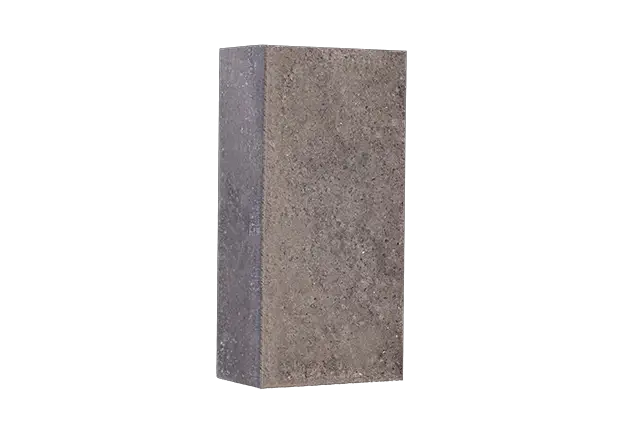The cement industry is undergoing a transformation aimed at achieving higher efficiency and lower emissions. One significant aspect of this evolution is the choice of materials used in the construction and operation of cement kilns. High-alumina bricks have emerged as a preferred option for manufacturers looking to boost kiln performance. This article will explore the ways in which appropriate material selection can enhance the overall production efficiency of cement kilns.
High-alumina bricks, known for their superior thermal stability and low porosity, play a crucial role in improving kiln efficiency. Their ability to withstand high temperatures and corrosive environments makes them ideal for cement manufacturing applications. By incorporating these innovative materials, companies can reduce heat loss, enhance thermal insulation, and achieve a more uniform kiln temperature. This not only directly correlates with improved production efficiency but also contributes to reduced energy consumption.
Furthermore, selecting high-alumina bricks is not merely a question of efficiency; it also ties into broader sustainability goals. The reduced energy consumption linked to the enhanced thermal efficiency of kilns leads to lower greenhouse gas emissions, aligning with global efforts toward environmentally responsible manufacturing practices. By investing in such advanced materials, cement producers can not only enhance their operational performance but also show commitment to sustainable development.
When considering the selection of high-alumina bricks, several factors must be strategically addressed. It is imperative to evaluate the specific operational conditions of the kiln, including temperature ranges, exposure to corrosive substances, and overall production goals. Furthermore, the lifecycle cost of materials should be assessed to ensure a balance between initial investment and long-term savings derived from enhanced efficiency.
Looking ahead, the industry must continue to innovate in its material selections, focusing on advanced ceramics and composites that can offer even greater benefits. The exploration of alternatives and combinations may pave the way for revolutionary changes in kiln performance, fundamentally improving the cement manufacturing process.

In conclusion, the selection of high-alumina bricks significantly contributes to the enhancement of cement kiln efficiency. It is essential for industry stakeholders to prioritize material selection as a key component of the operational strategy. Emphasizing both performance and sustainability through the use of advanced materials will not only improve productivity but also foster a more responsible manufacturing paradigm. As the sector evolves, the commitment to high-quality material choices will remain vital for achieving sustainable growth.
